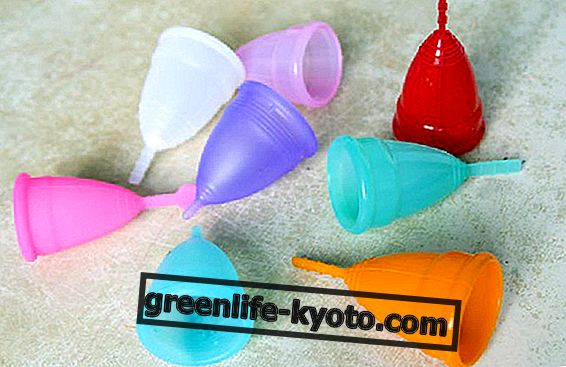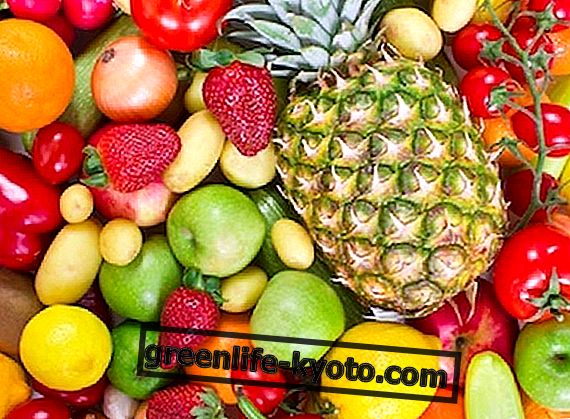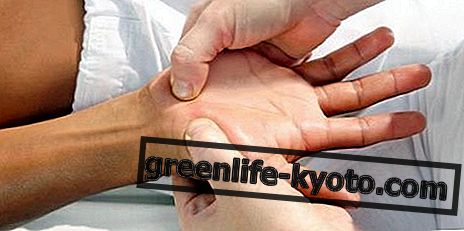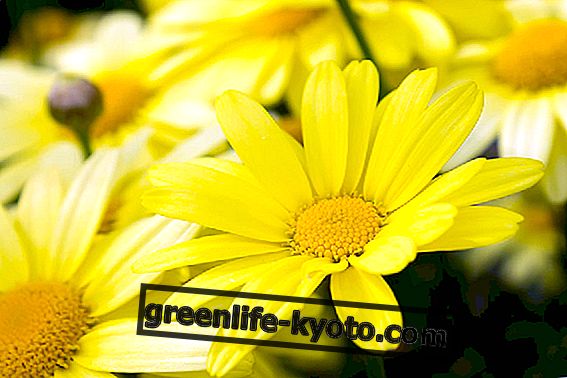
Argan oil is a vegetable oil, among the rarest and most precious in the world.
If taken internally it is a source of important nutrients with antioxidant properties such as omega-3s and vitamin E.
If applied externally, it performs a nourishing and firming action and this makes it a real beauty elixir for the skin, especially the dry one. In fact, dry skin is more sensitive and more prone to cracking, wrinkles, stretch marks and irritations, as the natural hydro-lipid balance is altered. As a consequence, the skin tissue loses elasticity, compactness and tone.
Sudden changes in temperature, smog, wind, dry air in heated or air-conditioned rooms are the enemies of the skin, they hinder its ability to regenerate and cause premature skin aging.
Properties and benefits of argan oil
Argan oil contains more than 80% of unsaturated fatty acids (34% linoleic, 0.1% linolenic and 46% oleic), while among the saturated, the major components are 13% palmitic acid and 5% stearic acid .
This vegetable oil is rich in tocopherols (the most abundant of which is γ-tocopherol), flavonoids, carotenoids and xanthophylls, sterols and triterpenes. These are active ingredients that provide nourishment to the tissues and counteract the loss of elasticity, preventing the onset of wrinkles. Vitamin E, contained in it, counteracts the oxidation of fatty acids, thus preventing premature skin aging. Finally the phytosterols (schottenolo and spinasterolo) almost absent in the other oil seeds, play a soothing action on irritated, reddened and chapped skin, reducing the sensation of itching.
Internal use
This precious oil also helps control blood cholesterol (LDL) levels, protecting the body from the action of free radicals that cause cellular aging. Furthermore, argan oil has a preventive action compared to rheumatic and cardiovascular diseases and stimulates brain capacity.
It can be taken orally in the form of pearls, as a food supplement for the hair, or used in the everyday diet, to dress salads and other dishes raw . Combined with almonds and honey, it is an ingredient in amlou beldi, the traditional Moroccan cream, which is still offered to visitors today, along with bread and mint tea, as a sign of welcome.
External use of argan oil
As we have seen, thanks to the presence of vitamin E and antioxidants, argan oil has a protective action on the skin, protecting it from external agents such as the sun or cold and smog. This vegetable oil is used in natural cosmetics for face and body care, as it nourishes and moisturizes both skin and dry, brittle, brittle and luster-free hair. Just a few drops applied directly to the skin or, alternatively, it is better to insert it as a precious ingredient in homemade creams.
Its emollient and toning properties make it the best oil with a firming activity, suitable for treating sagging skin. It is essential to counteract the formation of stretch marks, especially in pregnancy, to fight wrinkles and to restore elasticity and tension to dry, sensitive and dehydrated skin.
By improving the hydration of the skin, argan oil is also able to increase tissue defenses, mitigate redness and eczema and promote the healing processes of burns or cure sunburn . Its soothing action is useful in case of distortions and bruises. No less important is the additional antiseptic property against microorganisms that cause skin infections, dermatitis and psoriasis.
Being a fast-absorbing oil that does not leave oiliness, and having a high cost, argan oil is not particularly suitable for being used "absolute" for massages, but can be diluted to enrich other less precious oils.
Argan oil among natural remedies for dark circles
Description of the plant
( Argan spinosa - Sapotaceae)
The name "argan" with which the plant is known corresponds to the local name, in the Berber language (tashelhit ) and means " oil" .
Argan, or argan, is an endemic tree, that is, it grows spontaneously exclusively in the territory of Morocco, particularly in its south-western areas, in the plain of the Souss, where it forms an immense forest, the Arganeraie, which became a UNESCO heritage site.
Despite being an evergreen plant, it loses its leaves in times of water stress, thus managing to adapt perfectly to the climate from the dry and inhospitable rigor. It has thorny branches (hence the spiny epithet), reaches 8-10 meters, and is very resistant: it can live even 150-200 years.
The foliage is broad and rounded, the knotty, tortuous and fairly short trunk, often formed by several parts intertwined with each other. The leaves, dark green and leathery, serve as food for camels and goats. The latter do not hesitate to climb the branches to burn them. The white flowers turn yellowish-green and appear between May and June. The fruit is a fleshy drupe similar to the olive, oval, fusiform, about 30 mm long, yellow-brown when ripe, and which contains a very hard nut, which protects three " stones" .
This plant is an indispensable element to keep intact the fragile ecosystem of this region of Atlantic Africa, on the border with the desert: its roots, penetrating the dryness of the stony soil, slow down the erosion of the soil and slow down the progressive desertification of the territory.
Argan oil processing
Argan oil is obtained by pressing the seeds, which are found in the fruits of the plant. Processed in a semi-artisan way to preserve all its characteristics and at the same time guarantee quality and safety, the oil is produced by a cooperative of women from Essaouira, for which it is an important source of income.
The production of this oil requires a laborious process that, until recently, was entirely handmade. The most laborious operation consists in the initial removal of the pulp (intended for feeding the cattle) and in the subsequent extraction of the coriaceous walnut contained in the fruit. Subsequently, with the help of a rotary stone, similar to the millstones used for the production of olive oil, we proceed with the mechanical pressing of the seeds, from which the oil is extracted: to obtain one liter the fruits of at least need 8 trees and about 14-16 working hours . The low yield and the laborious process of working contribute, in fact, to make the price rise.
Currently the cost of argan oil is much higher than that of olive oil, so much to reach and exceed 50 euros per liter: it is no coincidence that it is called the gold of the desert .













